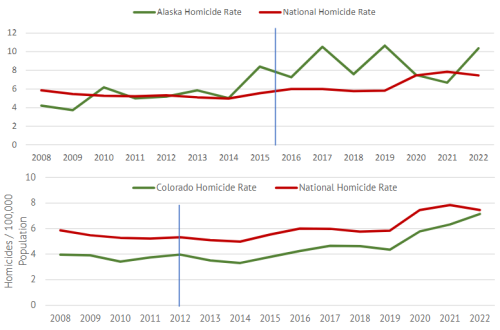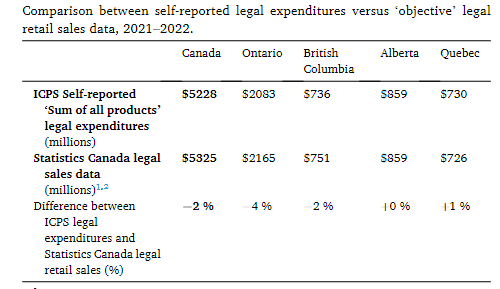Drug Policy Question of the Week – 7-4-12
As answered by Mary Jane Borden, Editor of Drug War Facts for the Drug Truth Network on 7-4-12. http://www.drugtruth.net/cms/node/3935
Question of the Week: What is DUID?
DUID stands for “driving while under the influence of drugs.” Some reports have called this “OUI” or “operating a motor vehicle while under the influence of drugs (OUI drugs), also called drugged driving.” Other common terms still include DWI (driving while under the influence) or OMVI (operating a motor vehicle while under the influence).
According to a Western New England Law Review article,
“Nationwide, three different standards have been drafted in legislation defining what constitutes OUI drugs: two “effect-based” laws and one “per se” law. The first effect-based law requires that an OUI drug motorist be rendered incapable of driving due to drug use. The second effect-based law requires a demonstration that an OUI drug motorist’s ability to operate a motor vehicle is impaired or that the motorist is under the influence or affected by an intoxicating drug while driving. Some per se laws set a limit on the amount of drug or drug metabolite in the driver’s system at the time of the arrest. However, there was a lack of consensus as to the particular levels. As a result, states with per se laws now employ a “zero tolerance” per se law. This zero tolerance per se law prohibits motorists from operating a motor vehicle if there is any detectable level of illicit drug or drug metabolite in their body, regardless of whether the motorist operated the motor vehicle in an impaired manner.”
A 2009 report from the National Highway Traffic Safety Administration concluded,
“State-by-State analysis indicates there is a lack of uniformity or consistency in the way the States approach drugged drivers.”



